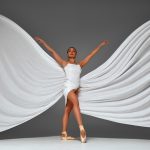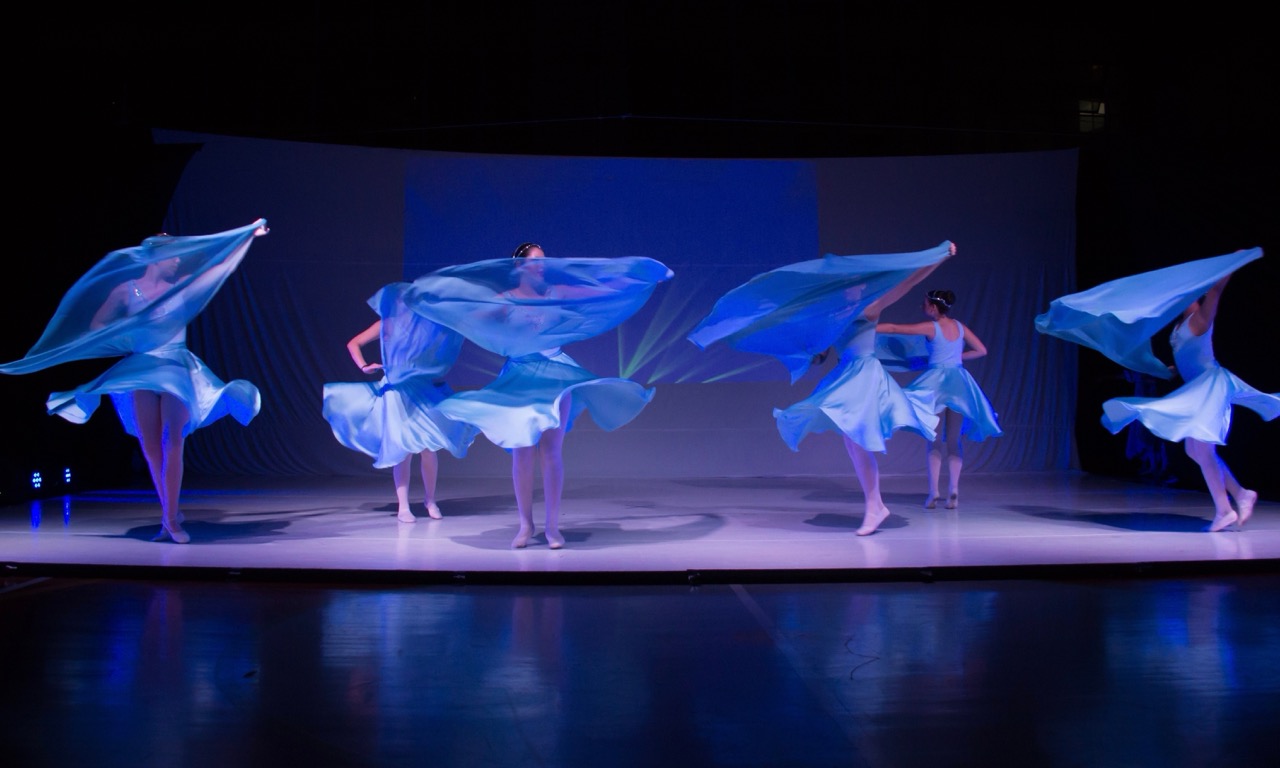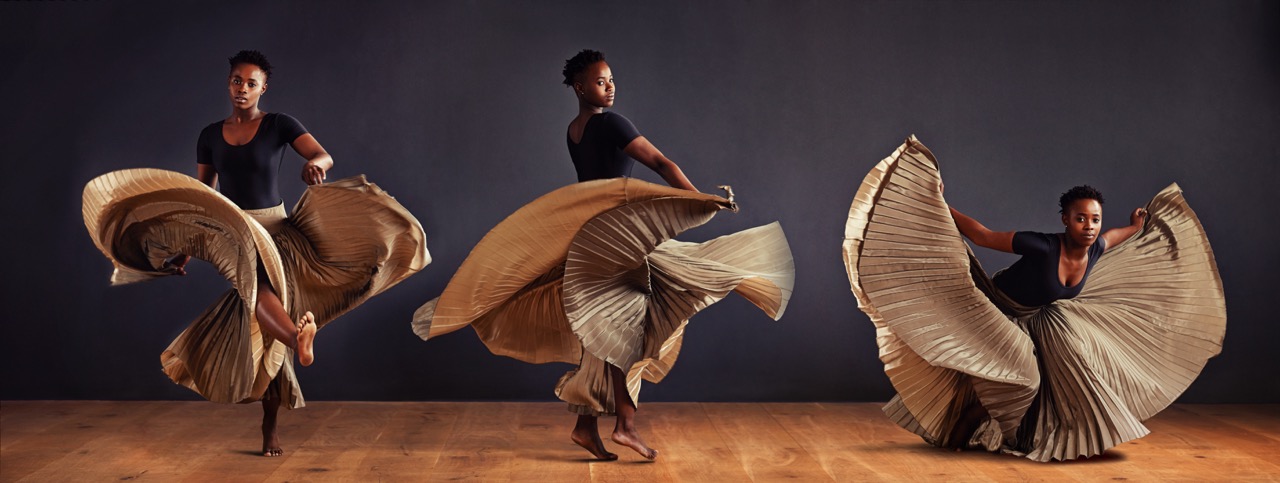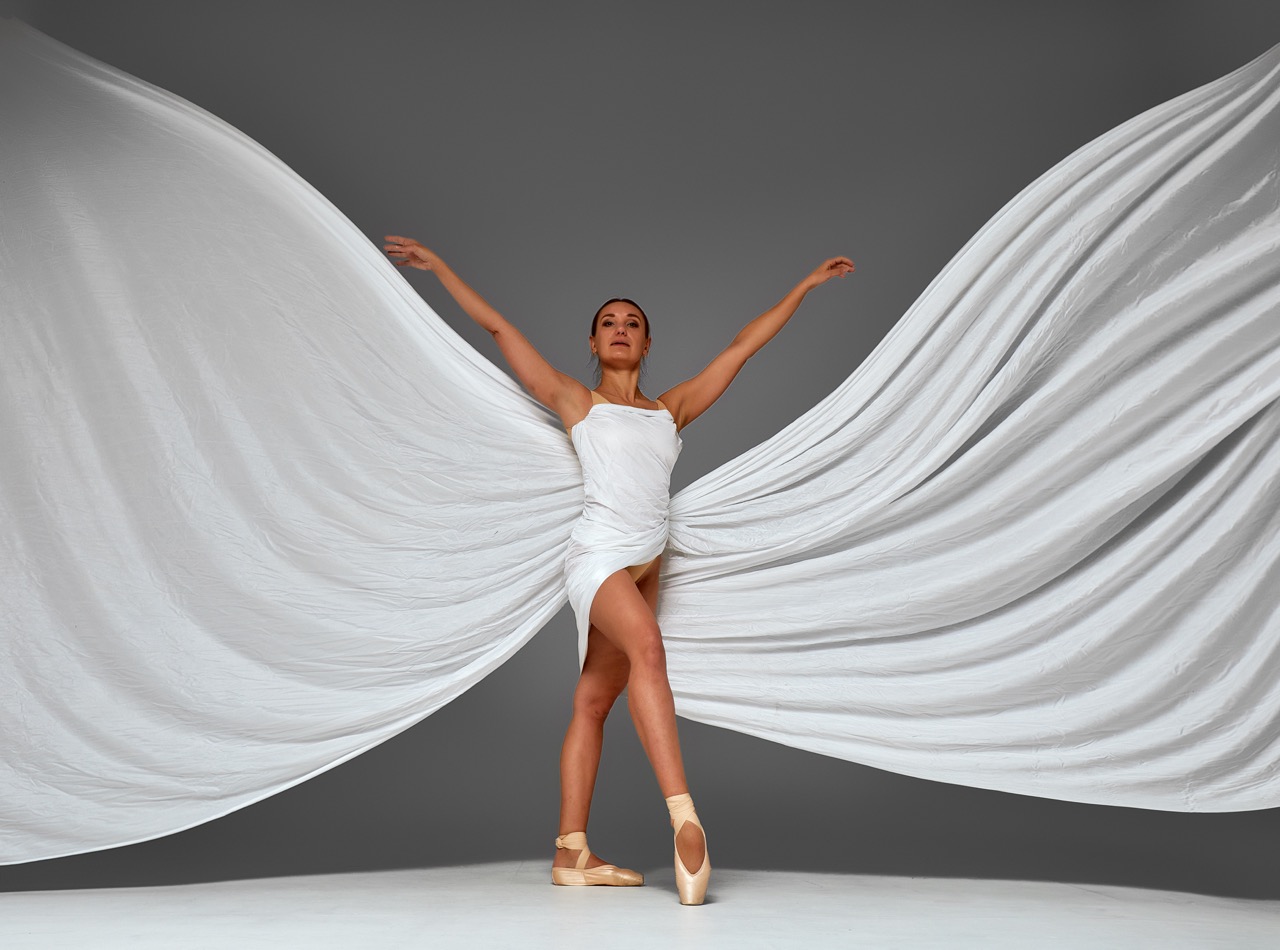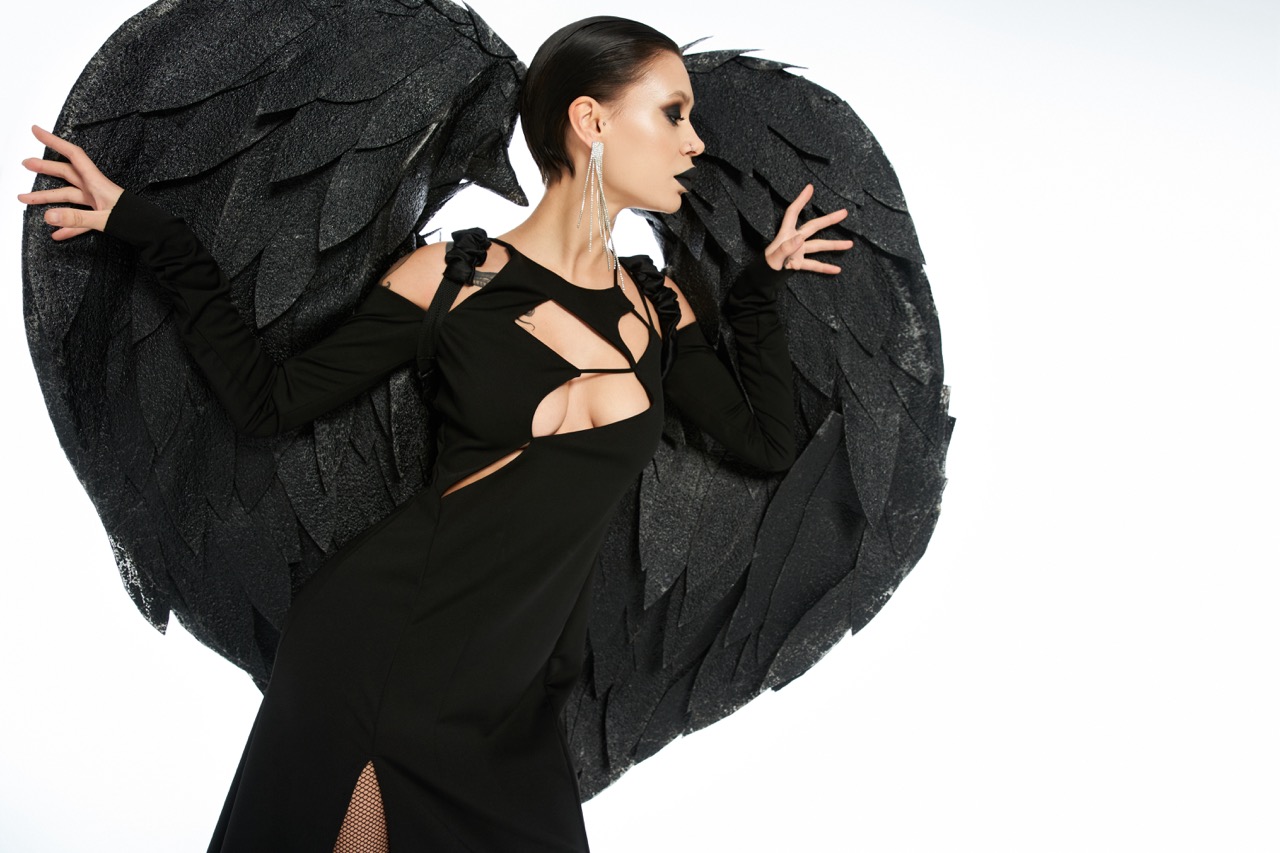In the vibrant world of performing arts, the fusion of technology and creativity has led to groundbreaking new forms of expression. Among these innovations, projection mapping stands out as a transformative tool that enhances dance performances in extraordinary ways. By creating captivating visual landscapes, projection mapping enriches the audience’s experience, turning traditional stages into dynamic canvases. This article explores how projection mapping can enhance dance performances, focusing on the transformation of spaces, visual storytelling, the technical intricacies involved, and the future possibilities it holds.
Transforming Spaces: The Magic of Projection Mapping in Dance
Projection mapping breathes new life into dance performances by transforming ordinary spaces into immersive environments. This technology allows choreographers and set designers to redefine the boundaries of traditional staging. By projecting intricate visuals onto walls, floors, and even the dancers themselves, the entire performance area becomes an interactive canvas. The audience is no longer merely observers; they are enveloped in a multi-dimensional experience that blurs the lines between reality and artistry.
For instance, a simple stage can be transformed into a surreal landscape, where dancers interact with swirling colors, shifting patterns, and evocative images that change in real time. This transformation not only captivates the audience’s visual senses but also enhances the narrative of the dance itself. The projections can reflect the emotional journey of the performers, seamlessly synchronizing with movements and rhythms, thus creating a holistic experience that engages spectators on multiple levels.
Moreover, the adaptability of projection mapping allows for performances to be tailored to different venues and themes. Whether in a grand theater, an outdoor festival, or an intimate setting, the capability to customize visuals to complement the choreography opens up a plethora of creative possibilities. This flexibility has made projection mapping a favored choice for contemporary dance troupes seeking to innovate and keep their performances fresh and exciting.
Visual Storytelling: Enhancing Emotion Through Light and Color
At the heart of dance lies the power of storytelling, and projection mapping serves as an essential tool for amplifying this narrative. By utilizing color, light, and imagery, projection mapping can evoke a wide range of emotions, adding depth to the dancers’ expressions. For instance, a soft blue hue might create a serene atmosphere, while fiery reds and oranges can heighten tension and drama, effectively guiding the audience’s emotional journey throughout the performance.
Furthermore, projections can introduce visual metaphors that align with the themes of the choreography. The imagery—be it nature scenes, abstract designs, or literal representations—can serve to deepen the message conveyed through dance. As dancers move, the shifting visuals can echo their emotions and actions, reinforcing the story being told. This synergy of movement and imagery not only captivates the audience but also fosters a deeper connection between the performers and spectators.
In addition, incorporating projection mapping into dance creates a unique opportunity for collaboration across artistic disciplines. Choreographers can work closely with visual artists, musicians, and technologists to craft a cohesive performance that marries movement with visual art. This interdisciplinary approach enriches the performance, resulting in a complex tapestry of sound, sight, and movement that elevates the overall narrative.
Technical Alchemy: Blending Dance with Cutting-Edge Technology
Integrating projection mapping into dance performances requires a deft balance of artistic vision and technical expertise. The process begins with meticulous planning, where choreographers and visual artists collaborate to envision how projections will complement the dance. This stage involves selecting appropriate software and hardware, creating visuals that sync seamlessly with the choreography, and developing cues that enhance the overall flow of the performance.
The actual execution involves a range of technical skills, from video editing to real-time projection adjustments. Dancers must practice not only their movements but also their interactions with the projected visuals. This necessitates a level of precision and awareness that challenges traditional notions of performance. The dancers become not just performers but also integral components of a larger visual narrative, where their movements trigger changes in the projection, creating a dynamic interplay between dance and technology.
Moreover, advancements in projection technology continue to expand the possibilities for creativity in dance. With innovations such as 3D mapping, augmented reality, and interactive installations, artists can explore new avenues for engagement. These technologies allow for real-time interactivity, where audience members can influence the visuals through their actions, making each performance a unique experience. This technical alchemy enhances the artistry of dance, pushing the boundaries of what is possible on stage.
Future of Performance: The Unlimited Potential of Projection Mapping
As we look to the future, the potential for projection mapping in dance performances appears limitless. The ongoing advancements in technology promise to further enhance the capabilities of artists, allowing for even more immersive and engaging experiences. We may see the emergence of new forms of dance that are specifically designed for projection mapping, leading to entirely unique genres that prioritize the interplay between movement and visual art.
Furthermore, the accessibility of projection technology is steadily increasing. As tools become more user-friendly and affordable, a broader range of artists—from emerging choreographers to established companies—can experiment with projection mapping in their work. This democratization of technology means that more diverse voices can contribute to the evolving landscape of performance art, enriching the cultural tapestry and fostering innovation across the field.
Finally, the integration of projection mapping in dance could also lead to new forms of audience engagement. Imagine performances where audience members have the ability to influence the projections through their smartphones or wearables. Such interactivity could create a communal experience, fostering a deeper connection between performers and spectators. In this way, projection mapping not only enhances dance performances but also redefines the very nature of how art is experienced, making it an exciting frontier for the future of performing arts.
In conclusion, projection mapping has emerged as a powerful tool that can significantly enhance dance performances. By transforming spaces, enriching narratives through visual storytelling, blending technology with artistry, and unlocking boundless future possibilities, it opens up new avenues for creativity and engagement. As artists and technologists continue to collaborate, we can anticipate a vibrant evolution in the world of dance, where movement meets innovation in captivating and profound ways. The stage is set for a new era of performance, one where the potential of projection mapping is just beginning to be realized.

